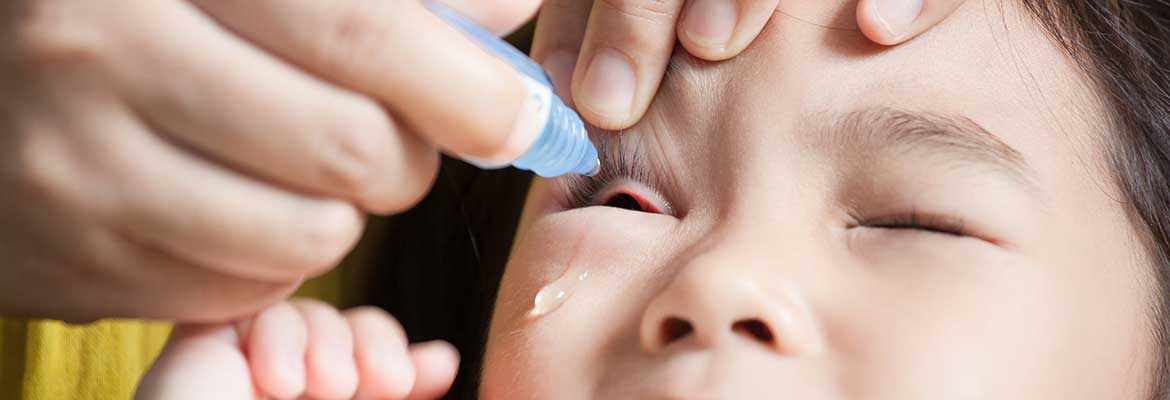You are now being directed to a third party website. Please note that this website is for convenience of the user. spectacularkids is not collecting, storing, or accessing any personal data of the user, and all the information collected, stored, and accessed herein is with the third party https://myeyedoctor.in/ website. You expressly consent to share all your details with https://myeyedoctor.in/

Myopia has a profound social and psychological impact on children's perceptions of their physical appearance, athletic abilities, and social acceptance. Slowing the progression of Myopia could benefit many children around the world as it is the main risk for the development of pathologic complications of Myopia in adulthood. It is possible that a considerable proportion of currently young myopic people will suffer from Myopia-related pathology later in life.
The measures that are usually considered for the reduction of Myopia progression include public health interventions, such as less near work activities and more outdoor time. A pharmacological approach includes eye drops and optical measures such as spectacles and contact lenses. The public health measures in controlling Myopia can be considered; particularly in the low- and middle-income countries, where the problem of uncorrected Myopia due to lack of glasses is a major challenge.
It has been demonstrated that the children who are exposed to more than two hours of outdoor time daily have reduced odds of developing Myopia, even when they are involved in a high level of near work activities. If the child spends an extra one hour outdoors per week, the chances of developing Myopia decrease by 2%. Furthermore, more time spent outdoors helped in slowing down the change of the eyeball length, which reduces the risk of Myopia. The reason why increased time spent outdoors is associated with reduced Myopia incidence and Myopia progression has not been completely understood so far. However, it has been studied that when a child spends more time outdoors, bright daylight produces dopamine from the retina, causing the slowing of eyeball growth. Parents need to understand the positive effect of more outdoor time and should encourage their children to spend more time outdoors which can be an appropriate strategy for prevention of Myopia progression.
Near work activity is considered to be an important risk factor for Myopia progression in older children. A child who reads more than two books is at greater risk of progressive Myopia per week than those who read fewer than two books. Continuous reading for more than 30 mins and a close reading distance of less than 30 cm increases the risk of Myopia by 1.5-fold-2.5 fold. An accumulative time spent outdoors combined right after sustained near work can play an important role in delaying the onset of Myopia and slowing down the progression of Myopia.
Parents and schools should make efforts to reduce the amount of homework for children and increase compulsory time outdoors as a reduction in homework could decrease the amount of near work, Children should be encouraged to spend at least 90 minutes outdoors on sporting activities combined with less than 3 hours per day - in addition to school time, close work such as reading, homework or screen-time.